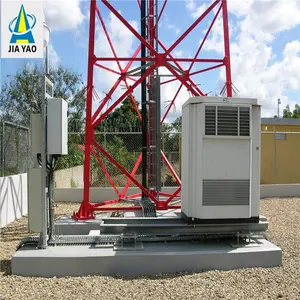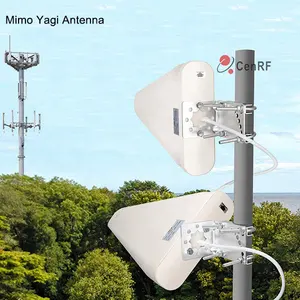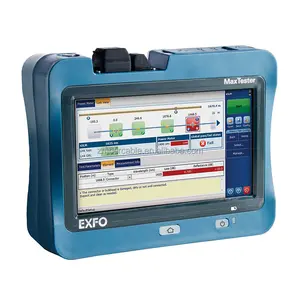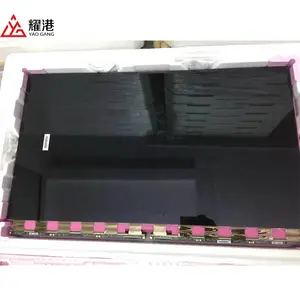Popular in your industry

































































Related Searches:






































































































Top categories
About fm parabolic antenna
Introduction to FM Parabolic Antennas
FM parabolic antennas are specialized devices designed for the precise task of sending and receiving frequency modulated signals. These antennas are a critical component in various communication systems, from broadcast radio to satellite communications. The parabolic shape is instrumental in focusing the radio waves onto a particular point, which allows for increased directionality and gain.
Types and Applications
There are several types of FM parabolic antennas, each tailored for specific applications. The common factor among them is their parabolic reflector, which captures FM signals. These antennas are widely used in broadcasting, where they ensure a stable connection between the transmission center and the receiving end. Their applications span from commercial radio stations to private communication networks, highlighting their versatility in the field of wireless communication.
Features and Materials
The features of an FM parabolic antenna include its size, frequency range, and the materials used for construction. Typically made from metal or mesh, these antennas are designed to withstand environmental factors while maintaining signal integrity. The construction materials are chosen for their durability and ability to reflect radio waves effectively. The precise engineering behind these antennas ensures that they operate within the designated frequency spectrum, providing reliable performance for users.
Advantages of FM Parabolic Antennas
The advantages of using an FM parabolic antenna are numerous. Their design allows for high gain and directivity, which means that signals can be sent and received over greater distances with minimal loss. This is particularly beneficial in areas where signal strength is a concern. Additionally, the focused transmission reduces the potential for interference, ensuring clearer communication channels.
Understanding Waveforms and Frequency
An FM parabolic antenna operates by utilizing specific waveforms that correspond to its frequency range. Understanding the relationship between waveforms and frequency is essential in selecting the right antenna for your needs. These antennas are engineered to function optimally within the FM band, which is characterized by its frequency modulation, offering a balance between range and signal clarity.
Choosing the Right FM Parabolic Antenna
Selecting the appropriate FM parabolic antenna requires consideration of the intended use and the environment in which it will operate. Factors such as frequency range, size, and material composition play a significant role in performance. Alibaba.com hosts a diverse array of international suppliers, presenting a broad selection of antennas to meet the specific requirements of various transmission scenarios.








































